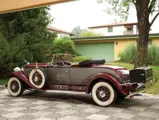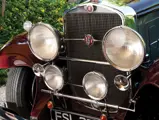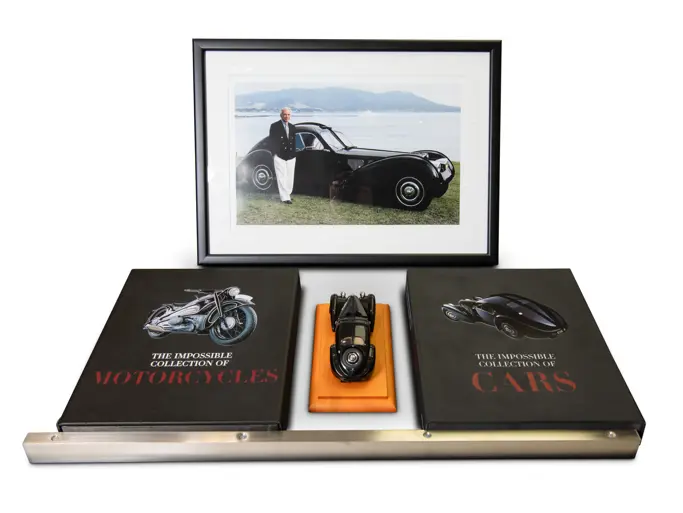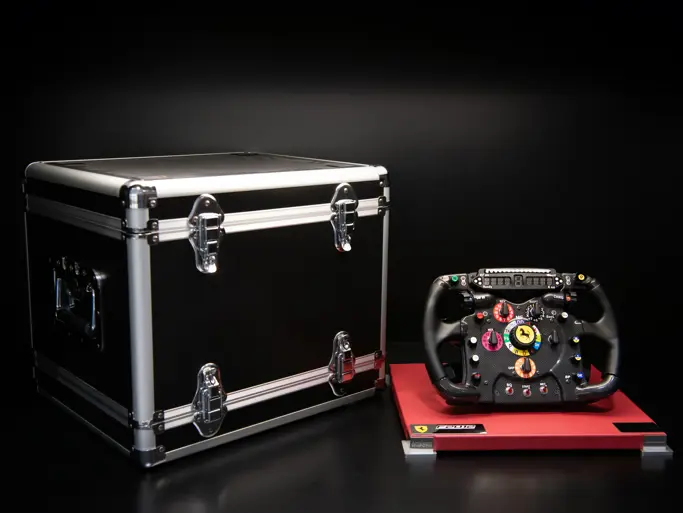London 2013
1930 Cadillac Sixteen Roadster by Fleetwood
{{lr.item.text}}
£313,600 GBP | Sold
 | London, United Kingdom
| London, United Kingdom
{{internetCurrentBid}}
{{internetTimeLeft}}

- Offered from the collection of an Italian gentleman
- One of the ultimate automobiles of its era
- Desirable open body style
- Rarely seen in Europe
Series 452. 185 bhp, 452 cu. in. overhead-valve V-16 engine, three-speed manual transmission, front and rear semi-elliptic leaf springs with hydraulic dampers, and four-wheel vacuum-assisted mechanical drum brakes. Wheelbase: 3,760 mm
On 4 January 1930, Cadillac stunned the fine car market at the New York Auto Show with the introduction of its breath-taking new V-16. Afterwards, Cadillac instantly catapulted itself to the head of the luxury class in one brilliant stroke. Until then, only Bugatti had produced a 16-cylinder engine, which was accomplished by bolting two eight-cylinder inline engines together, an innovation that was originally intended for aircraft use.
Cadillac’s V-16 was the first true 16-cylinder engine to be built from scratch; it was a project that was led by Owen Milton Nacker under conditions of the utmost secrecy. In fact, in order to avoid knowledge of the project leaking from lower-level GM engineering departments and parts suppliers, a well-coordinated disinformation campaign was created, including cover stories and notes on various blueprints that indicated that the project was actually Cadillac’s contribution to a new GM bus project.
The 45-degree cylinder bank angle and overhead-valve design kept the V-16 narrow, whilst its external manifolds allowed easy access to the engine compartment. Furthermore, Cadillac’s V-16 was the first automotive engine ever to be “styled”; all the wiring was hidden, the engine compartment was dressed up with plenty of gleaming, polished aluminium and porcelain, and it had a pair of beautiful valve covers with brushed aluminium ridged surfaces that featured the Cadillac emblem.
Cadillac managed to survive the rapidly declining luxury car market of the early 1930s, thanks to the financial resources of GM, its massive parent company. Without this support, Cadillac could never have produced such a limited-production, luxurious automobile. Although the V-16 was brilliantly designed, its shrinking Depression Era market meant that the V-16 was, of course, produced in tiny numbers for those few who were capable of paying more than 10 times the cost of a contemporary Chevrolet convertible. Without doubt, the few examples remaining today offer a rare glimpse into one of the most exciting automotive eras of all time.
The car shown here is believed to have been originally built as a saloon. During its restoration in the early 1960s, the present body, an original Fleetwood Roadster from a 1930–1931 Cadillac, was installed. Whilst not the original coachwork to this chassis, it is important to note that the body is absolutely correct and authentic to this car, and its overall appearance is virtually identical to that of one of the original Style 4302 Roadsters built on the V-16 in this era.
Finished in red and grey with matching red wings, red leather interior, and a black cloth top, the Cadillac has a striking overall appearance, which is accented by chrome wire wheels, dual Pilot Ray self-turning driving lamps, wide whitewall tyres, dual side-mounted spares, and “wind wings”. It is accompanied by an original operator’s manual and a copy of the V-16 shop manual, which will no doubt be of use for the new owner who enjoys the driving experience of 16-cylinder power.























